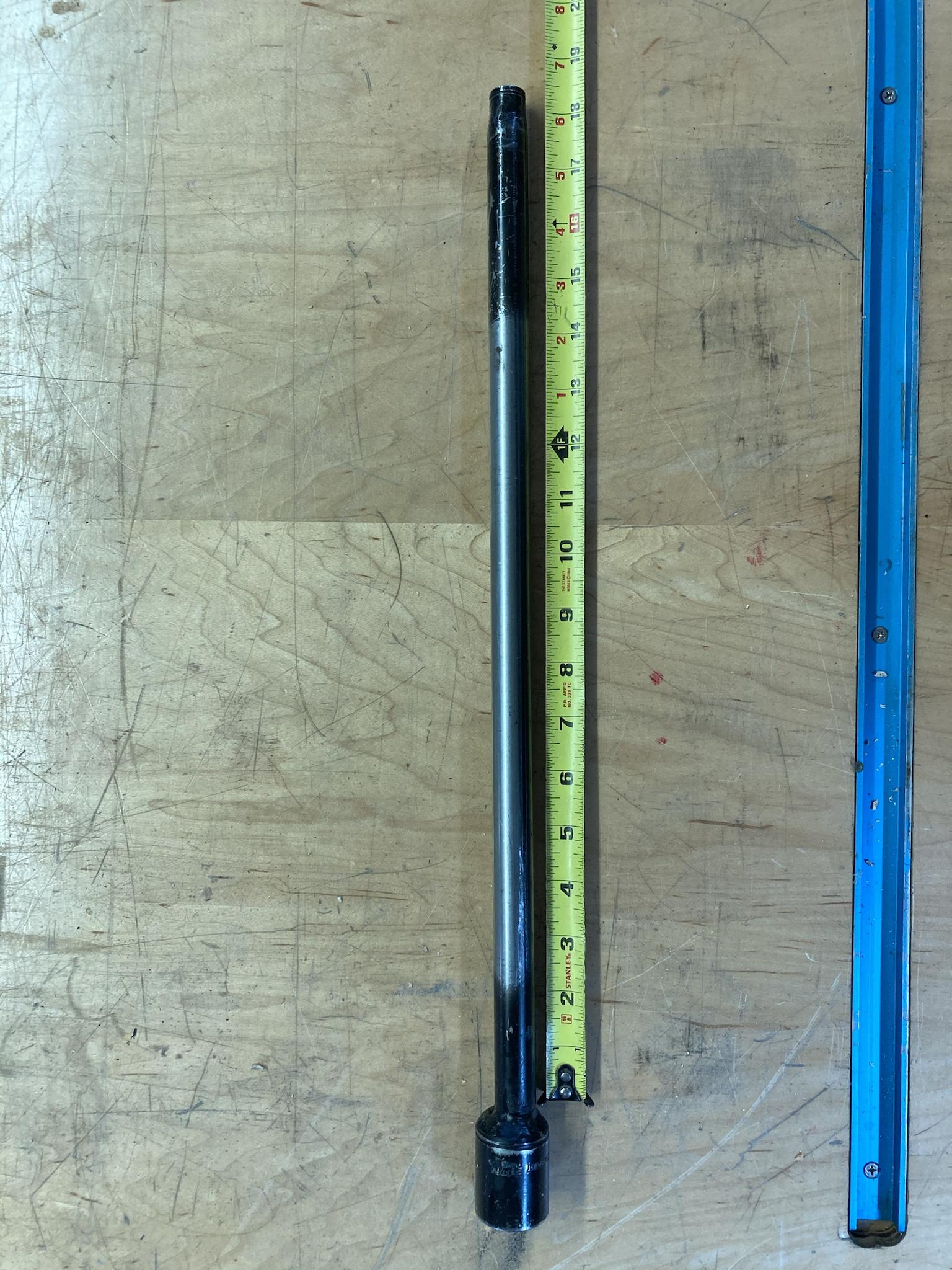FJRGuy
FJR Rally Addict! :D
Pulled a fork off of my ‘Parts’ FJR to send the inner cylinder to MEM so she can have her fork repaired. Thought I cracked the torque on the lower bolt before starting to disassemble, but now it just spins the internals as I try and remove it. I had turned off the cap and drained the oil so tried reassembling the top to put the spring under compression but the lower bolt is still just spinning the internals.
Can anyone share the trick to removing the lower bolt?
Can anyone share the trick to removing the lower bolt?































































